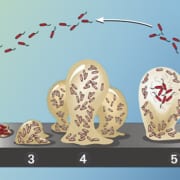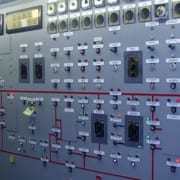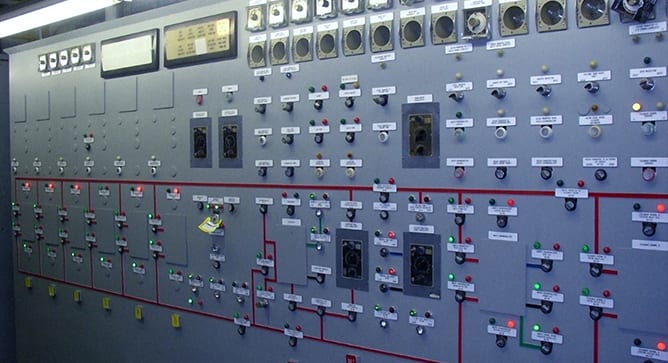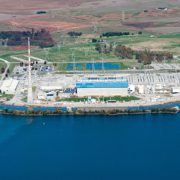News & Views, Volume 48 | Plant Materials Aging and Degradation – Nuclear IGSCC Mitigation Optimization and Equipment Advances
/in Chemistry, Continuous Noble Metal Injection (CNMI), Erica Libra-Sharkey, News and Views, Nuclear Energy/by Structural IntegrityBy: Erica Libra-Sharkey
INDUSTRY CHALLENGE
From the US Department of Energy, Office of Nuclear Energy, “The demanding environments of an operating nuclear reactor may impact the ability of a broad range of materials to perform their intended function over extended service periods. Routine surveillance and repair/replacement activities can mitigate the impact of this degradation; however, failures still occur. With reactors being licensed to operate for periods up to 60 years, with further extensions under consideration, and power uprates being planned, many of the plant systems, structures, and components will be expected to tolerate more demanding environments for longer periods. The longer plant operating lifetimes may increase the susceptibility of different systems, structures, and components to degradation and may introduce new degradation modes.
While all components potentially can be replaced, decisions to simply replace components may not be practical or the most economically favorable option. Therefore, understanding, controlling, and mitigating materials degradation processes and establishing a sound technical basis for long-range planning of necessary replacements are key priorities for extended nuclear power plant operations and power uprate considerations. https://www.energy.gov/ne/materials-aging-and-degradation”.
News & View, Volume 47 | Biofilms? MIC? What Are They?
/in BioGEORGE, Chemistry, Edward Dougherty, News and Views/by Structural IntegrityBy: Edward Dougherty
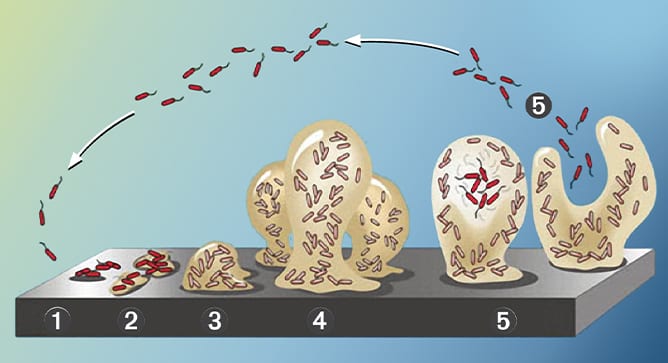
News & Views, Volume 46 | Delivering Value: Modernization of Plant Automation Controls
/in Automation Controls, Chemistry, Gerry Davina, News and Views, Nuclear Energy/by Structural IntegrityBy: Gerry Davina
The modernization of plant automation controls represents a step change in performance that optimizes Operations and Maintenance resources, shifting their focus to performance maintenance and plant monitoring and away from inefficient corrective maintenance and troubleshooting.
According to the U.S. Energy Information Administration, the average age of the U.S.-based nuclear power plant is approximately 38 years old. Three of the “youngest” plants (Watts Bar, Nine Mile Point 2 and River Bend) all began construction in the mid-1970’s with their designs approved years earlier. In terms of industrial control systems, this means that most, if not all, of the plants in the U.S. nuclear fleet, continue to operate with 1970s in automation equipment and technology. Although it can be argued that the equipment and technology have proven to stand the test of time, the reality of the digital age, with low cost and high-powered processors, is that relay-based control systems are long-obsolete and no longer practical for any automation system that requires more than a handful of relays and switches. In an industry that has publicly advocated a commitment to improved reliability and efficiency, ironically, the most evident impact for any plant with the continued use of 40-year-old automation equipment and technology is poor system reliability and inefficiency burdening both Operations and Maintenance resources.
News & Views, Volume 44 | Integrated Flow Distributors (IFD)
/in Al Jarvis, Chemistry, Edward Dougherty, News and Views, Nuclear Energy/by Structural IntegrityBy: Ed Dougherty and Al Jarvis
for Bottom Tubesheet Filter/Demineralizers Initial Installation and Performance at Browns Ferry Nuclear Statio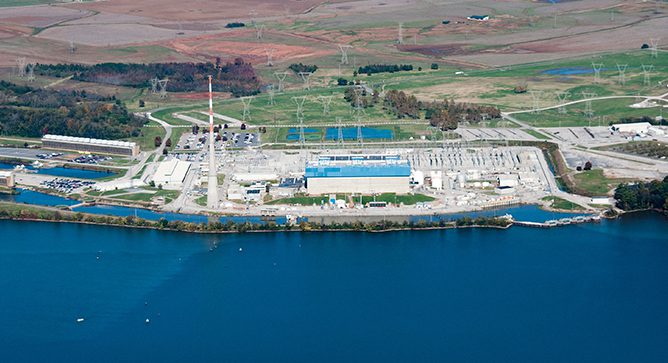
Each BFNS unit is currently designed with ten bottom tubesheet condensate filter/demineralizers (CF/Ds) in the condensate treatment system that require an application of a powdered resin precoat to perform the function of demineralization. The precoat material is applied as an overlay on top of vertical filter septa. The filter septa have an inner pleated area, and with a precoat overlay, perform the function of demineralization as well as particulate iron removal. In the absence of circulating water leakage into the condenser, the primary function of the CF/Ds is to remove particulate iron that collects in the condenser hotwell. The iron source is from the corrosion of carbon steel piping and components in contact with main steam and heater drain systems.
News & Views, Volume 44 | Radiation Source Term Assessments
/in Al Jarvis, Chemistry, Jen Jarvis, News and Views, Nuclear Energy/by Structural IntegrityBy: Jen Jarvis and Al Jarvis

Radiation source term assessments are performed to understand the causes of high collective radiation exposure and to help plants evaluate their strategies for source term reduction. This involves understanding how a plant’s material choices and chemistry and operational history influence the radiation fields that develop in the plant systems. Consequently, a source term evaluation is very plant-specific, but can help a plant identify which strategies may be most effective for their specific situation.
SIGN UP FOR OUR NEWSLETTER
*Join the conversation. Sign up to receive emails, events, and latest information!
1-877-4SI-POWER
(1-877-474-7693)




